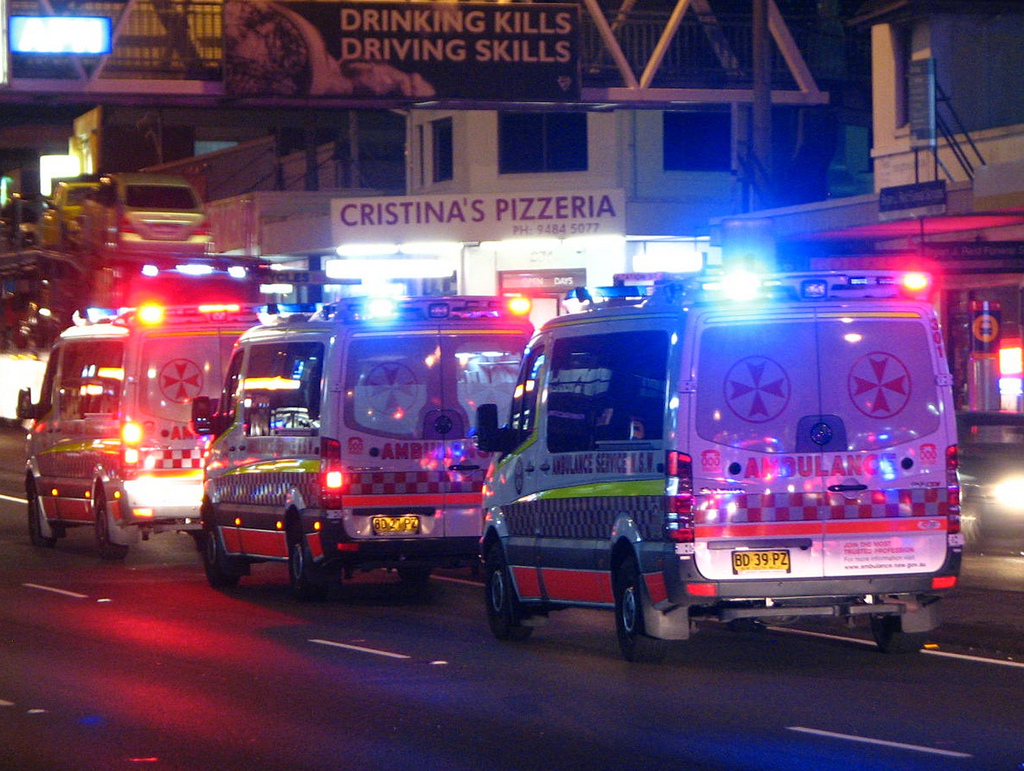The way Australia’s Triple Zero (000) service deals with emergency calls is set to change dramatically in the future, according to a Department of Communication discussion paper issued ahead of a sweeping review of the operator service.
The Communications Department has called for submissions from stakeholders including State Emergency Services (SES’s), current Triple Zero national service operator Telstra and communications professionals to look at how to ensure the service keeps pace in a rapidly changing communications environment.
The probe into emergency calls is also keen to capture the community’s experiences and views, with the Communications Department running an online survey to gauge expectations.
The review will examine how Triple Zero, established in 1961, can expand from a voice-only service answering around 9 million calls annually, to offering people new avenues for seeking emergency help like SMS, email, instant messaging, the Triple Zero website, social media or Voice Over Internet Protocols like Skype.
The national operator answers 000 calls – which are free – from anywhere in Australia, including landlines, mobiles, most satellite phones and some Voice over Internet Protocol (VoIP) services and then transfers them to the relevant state or territory emergency service: fire, police or ambulance.
The emergency service call centre then dispatches the response.
Communication Minister Malcolm Turnbull’s department will also look at the challenges thrown-up by technological innovation.
Some of the issues emergency services are grappling with include problems locating callers using mobile phones and internet devices and a pressing need for free, accessible and dependable geocoding.
The review will also probe the role and responsibilities of the national operator as well as what emergency services and the public expect from the service.
Also under scrutiny will be how well Triple Zero handles extreme call volumes during disasters as well as its funding and delivery model.
The review is particularly relevant in the light of the upcoming June 2016 competitive tender for the operation of Triple Zero.
Although Telstra secured a deal back in 2012 to be the national operator of the Triple Zero for up to 20 years, a condition of that deal was that it would be market tested in 2016.
The results of the latest review will be published in March 2015, just in time for a recalibration of expectations from all sides.
Despite the march of new technology, phone calls are likely to remain the most popular way of contacting Triple Zero.
But a major stumbling block remains accurately pinpointing the location of Triple Zero callers who are using mobile phones, which accounted for 67 per cent of all calls to Triple Zero in 2012-3.
At the moment emergency service operators can’t tell exactly where a mobile phone user is located because information comes from the mobile phone network, not a phone’s GPS function, due to technical limitations.
This can delay an emergency response while operators seek more details to discover a caller’s exact location or operators ask mobile carriers to supply more precise information, which can take around ten minutes: potentially a life-threatening situation.
A free smartphone app, Emergency+, has been developed by the Triple Zero Awareness Working Group to give people with GPS-enabled phones a street address and GPS coordinates so they can relay these to a Triple Zero operator. It also tells users when to call 000 and provides other phone numbers for non-emergency situations, like Health Direct Australia or Crimestoppers.
The review will spotlight both the potential opportunities and the challenges of adapting to the different ways people might contact Triple Zero in the future.
For example, communicating by SMS could be an advantage when it’s not possible or desirable to speak, such as during a burglary, but it is likely to take longer for a person to type than to speak. There’s no guarantee a text will be received so it may be sent multiple times and this method of communicating could easily be exploited by hoaxers. It could also be difficult to convey interactive instructions to help the caller.
Video calls could be used by those communicating through sign language and give emergency services extra information about an emergency situation. However, sufficient bandwidth is needed to ensure the quality is up to scratch. Even then, video calls could potentially expose emergency service operators to distressing scenes.
In the future, it is also possible that medical devices such as pacemakers could contact emergency services if a person needs help and relay medical information to ambulance workers. However, the discussion paper raises the issue that false alarms would be a concern and a two-way conversation would be impossible.
The Federal Government is also keen to involve innovators not normally brought into roundtable discussions on Triple Zero, including: apps developers, device and car manufacturers, research organisations, community service providers and individuals, recognising that there’s a variety of emergency-related products already on the market.






Leave a Reply